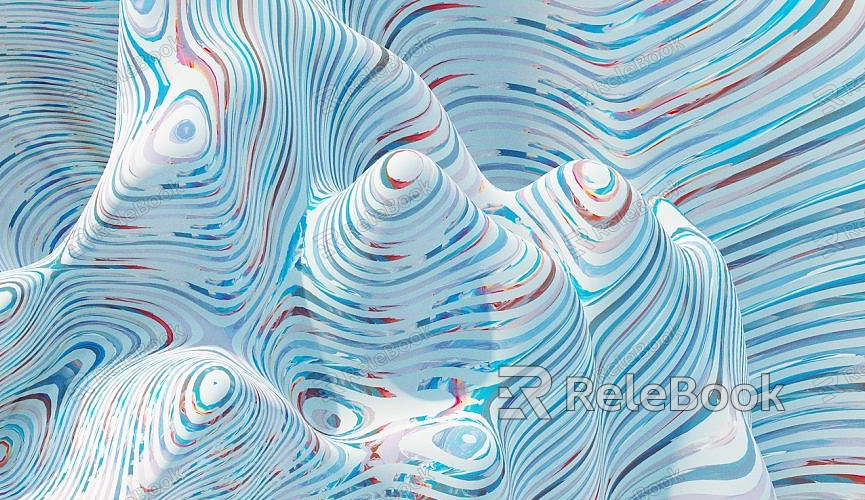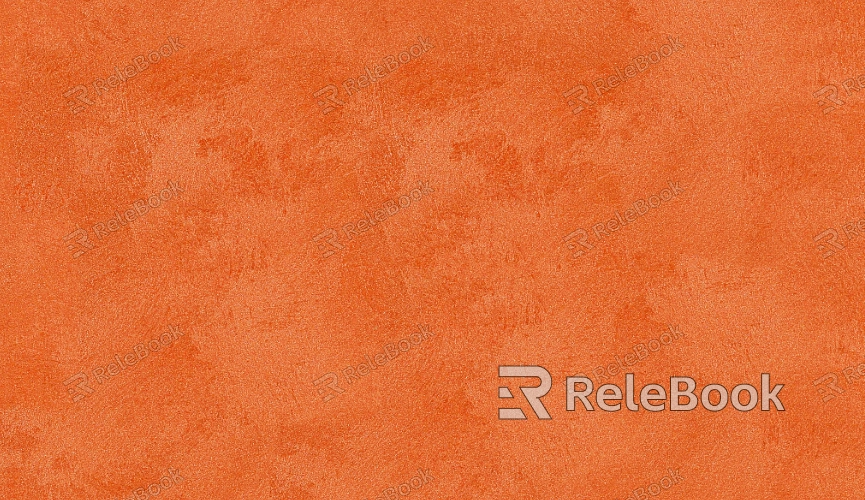How to Fit a Texture to a 3D Model
In game design, film production, and architectural visualization, applying the right textures to a 3D model is crucial to make it look realistic and engaging. Whether you're working with software like Blender, Maya, or 3ds Max, the process of texture mapping can vary slightly across these platforms, but the fundamental principles remain the same. In this article, I will walk you through key techniques such as optimizing UV unwrapping and adjusting texture mapping to ensure your textures seamlessly fit your 3D model.

Understand the Importance of UV Unwrapping
The first step to accurately fit a texture to a 3D model is UV unwrapping. This process involves flattening the 3D surface of a model and mapping it onto a 2D plane. Without proper UV unwrapping, the texture will not align correctly on the 3D surface.
Layout of UV Islands
When unwrapping the UVs, it's essential to arrange the UV islands thoughtfully to ensure they fit together without overlapping. Avoid distortions or excessive stretching, as this will cause textures to misalign or appear warped.
Efficient Texture Space Allocation
Properly distributing the texture space is vital to prevent wasted texture resources. Ensure the texture space is evenly divided, avoiding overly stretched or blurry areas in certain sections of the model.
Choose the Right Texture Type and Resolution
The selection of texture types and resolution plays a significant role in the final visual outcome.
Texture Types
Different models require different types of textures. Common texture types include diffuse (color), normal maps, and specular maps. Each type serves a distinct purpose in the rendering process. Selecting the right texture type ensures the model looks realistic when rendered.
Optimizing Texture Resolution
Low-resolution textures can result in a loss of detail, while overly high-resolution textures can slow down rendering. Choose the right resolution based on the model’s importance and proximity in the scene. Background models can use lower resolution textures, while models in the foreground or those with intricate details require higher resolutions.
Mapping and Adjusting Texture Coordinates
Texture coordinates link the unwrapped model to the applied texture. This step defines how textures are displayed on the 3D surface.
Use Seamless Textures
It's essential to use seamless textures, especially for large surfaces like floors or walls. Seamless textures prevent visible seams along the edges, enhancing the realism of your model.

Adjust Texture Coordinates
After unwrapping the UVs, textures may appear misaligned or stretched. To fix this, manually adjust the UV coordinates, tweaking the UV islands’ positions and proportions to ensure the texture fits the model correctly.
Wrapping and Deformation of Textures
Texture wrapping refers to how the 2D texture is applied to the 3D surface. This stage is especially important when dealing with complex shapes, as improper wrapping can result in texture deformation.
Spherical and Cubic Wrapping
For different model shapes, select the appropriate wrapping method. For spherical objects, use spherical mapping, and for cubic objects, a cubic projection is ideal. Choosing the right mapping method is crucial to prevent texture stretching or misalignment.
Preventing Texture Deformation
On more complex models, textures can deform (stretch or compress) if the UV mapping isn’t correctly done. Adjust the UV proportions or switch to a different mapping method to prevent these issues from affecting the model’s appearance.
Combining Materials and Textures
Combining textures with materials enhances the model’s appearance. Materials control properties like reflection and glossiness, while textures add detail and color.
Setting Material Details
Configure different material attributes, such as glossiness, transparency, and reflection, to make the surface look more realistic. For instance, increasing the reflection and glossiness of metallic objects can improve their metallic appearance.
Syncing Materials with Textures
Aligning materials with textures ensures that the finer details, such as surface roughness or the way light interacts with the model, are effectively displayed. For example, when using normal maps, the material’s normal property should correspond to the map to achieve the desired effect.
Using Tools and Plugins to Improve Efficiency
Many 3D modeling programs offer texture mapping tools or plugins that help automate some of the processes, making texture fitting faster and more efficient.
Blender’s Texture Tools
Blender offers various plugins that can help you optimize UV unwrapping and texture mapping. For example, the "UV Toolkit" plugin allows for quick UV unwrapping and texture adjustments, simplifying the process.
Maya and 3ds Max Texture Management Tools
Both Maya and 3ds Max provide specialized texture management tools to quickly adjust texture coordinates and optimize texture space. These tools speed up the texture fitting process and ensure consistent results.
By following the steps outlined above, you will be able to fit textures to your 3D models with greater precision and efficiency, ultimately improving the quality and realism of your final render. If you're looking for high-quality 3D textures or need more modeling resources, Relebook offers an extensive collection to help you achieve outstanding visual results in your projects.


